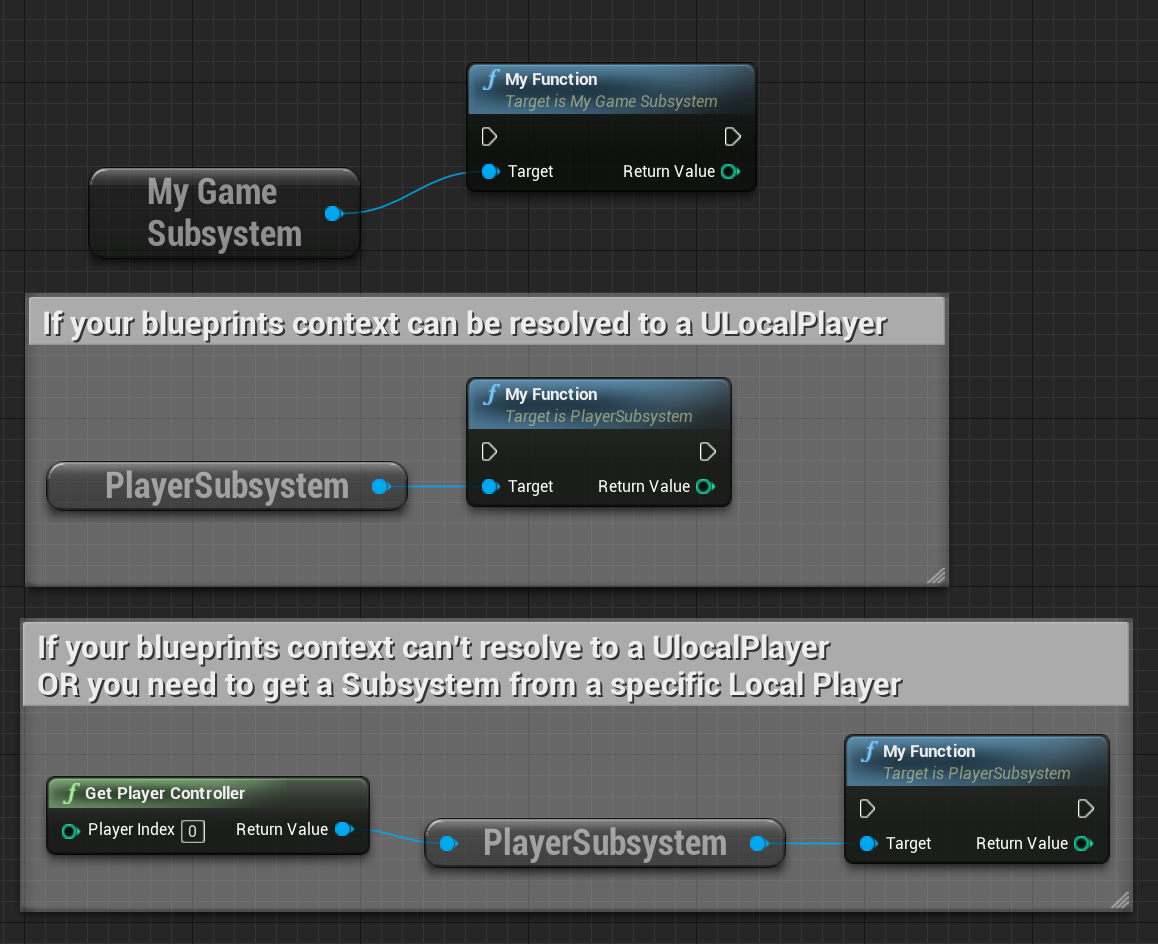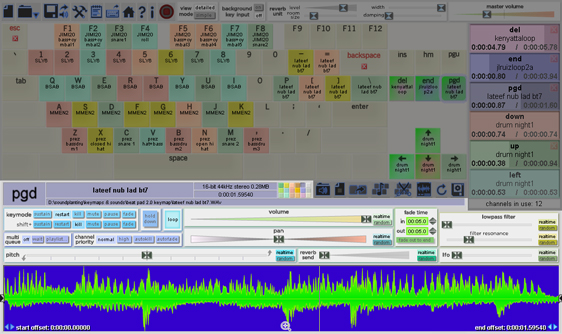

Zoom worked well enough to get everyone connected, at least for these rehearsals.Īdmittedly, Day One of shooting was buggy.
SOUNDPLANT FASTER TIME PLAYBACK BLUETOOTH
Jake Gyllenhaal was given a duplicate Bluetooth headset to practice with, as adjusting the attached boom mic was important to his action. Rehearsals commenced in the week prior to production start, but with actors at home. This meant that we could provide timecode to ten actors’ kits, and to me, and everything would be in sync. We contacted Betso, learned they had eleven units left in stock, and production purchased all of them. A Betso GPS calibration module, connected to a Betso SBOX-1N sync box, would be able to output timecode on Greenwich Mean Time (GMT) to the recorders used by the actors, as well as to me on set.

After considering price, availability, and ease of operation, we selected the Betso system. With actors working from home-and home meant Los Angeles, New Orleans, Austin, New York, Toronto, and elsewhere-how to get all recorders in sync with each other, as well as with my on-set recorder and the cameras? My research found three different products that provide satellite-broadcast timecode. (Back row): Video Assist Alex Sethian, Video Playback Supervisor Steve Irwin, Video Playback Terry Clifton Local 695 in the house (Front row): Production Sound Mixer Ed Novick, Utility Sound Technician Richard Novick, Boom Operator Knox White, Video Playback Erich Stuhl. Their instructor was Utility Sound Technician Richard Novick, my co-architect on all systems used on the movie.
SOUNDPLANT FASTER TIME PLAYBACK HOW TO
This first Zoom call provided the actors with basic instruction on (1) how to operate the rig (2) how to assign their audio to the correct folder (3) how to operate the MixPre3 faders (4) how to get timecode and jam it into the recorder. Off-camera actors were asked to join a separate Zoom call before joining the larger production Zoom. All actors would be on a Zoom call (it’s 2020, remember?), as well as myself, the AD’s, and, of course, the lead actor. I intentionally did not include batteries or a power supply for the MixPre3, thereby requiring it to be bus-powered and allowing it serve as both an interface and a recorder.

A spreadsheet was also created to map out which actor had which rig on which day, and were recording to which folder. Instructions were created to help non-audio professionals succeed, including photos and YouTube videos. In fact, with 32-bit float recording, I had ample dynamic range available. I had a rough idea of how loud each character would be). SD cards were formatted, folders were created, and the gain was set (based on Zoom rehearsals. Factory-sealed, disposable, screw-on mesh windscreens were included with every SM58 to assure COVID safety protocols. I created an “actor’s kit.” Each one was identical and contained a Sound Devices MixPre3, a Shure SM58 microphone, a desk stand, a flexi-arm with a clip, Sony 7506 headphones, and a pair of USB cables (depending on the user’s computer). I knew I’d need a reliable system that actors could easily operate without too much audio know-how. In fact, they will all be working from home, wherever that might be. Here’s the problem: It’s 2020 and we live and work in an ongoing COVID-19 environment, so none of the callers will be on stage. How else to ensure quality audio recordings and allow for ease of communication with off-camera talent? Of course, having the off-camera actors in a room close to our set would be a given. With that in place, patching the actor’s phone or computer into my mixing panel would be straightforward. I knew I’d have to coordinate with Props and Set Decoration to make sure the devices worn by the officer would be practical and functioning. To make the workflow more complex, our main character will be switching back-and-forth between two communication devices: a cellphone and a Bluetooth headset.

Rather, the audience will hear what the officer hears and a good deal of the story will be told by off-camera actors and rich sound design. Upon being hired as the Production Sound Mixer, the challenge for me was detailed two months prior to filming: the audience will never see, nor will the filmmakers ever photograph, the 9-1-1 emergency callers that the officer speaks with. Director Antoine Fuqua and Actor-Producer Jake Gyllenhaal


 0 kommentar(er)
0 kommentar(er)
